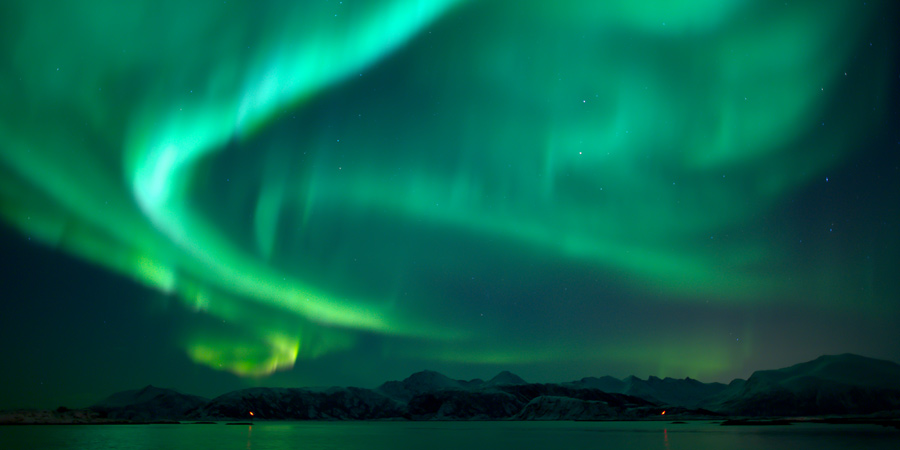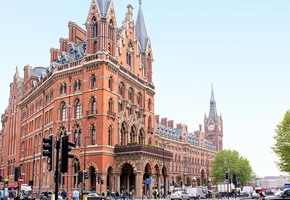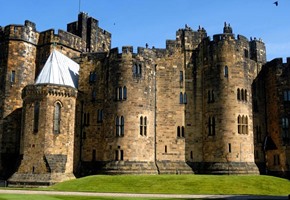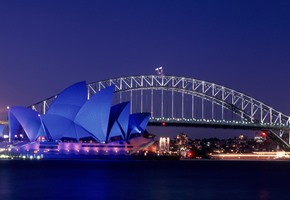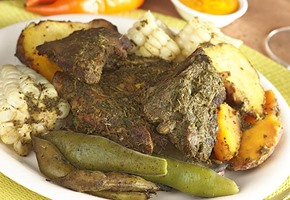High in the Arctic Circle awaits a land of myths and legends, and there is no better way to soak up the folklore of Scandinavia than on a Great Rail Journeys tour, where a host of unique encounters lie ahead of you.
From a traditional Viking feast in an authentic Chieftain's longhouse to the prospect of witnessing the indescribable Northern Lights, throughout your mythical exploration of this polar region you will be immersed in the ancient cultures and customs of these lands, making your experiences here exceptional in every way.
Prepare yourself for scenery quite unlike that of anywhere else in the world as you begin your journey northwards from Oslo on the Dovre Railway. As the nights get ever darker you will travel past some of Norway's most important landmarks both man-made and natural such as Mjøsa - the country's largest lake - and Lillehammer, host to the 1994 winter Olympics, before arriving in Trondheim, Norway's historic Viking capital.
You will continue your journey in to the deepening mountain landscape on the Nordland Railway, racing by majestic fjords, seemingly endless fairy tale forests and even the otherworldly Svartisen Glacier. The train cuts its own path through the rural yet scenic setting, before reaching the vital latitude of 66 degrees north, signifying you have now entered the Arctic Circle. This unique journey allows you to see the true wilderness of Northern Norway, an experience only accessible by rail, and after travelling 729 kilometres on the longest line in the Norwegian rail network, you will arrive in Bodø.
This is a town that perfectly brings together urban convenience with the allure of open countryside and a coastline described as one of the most beautiful in the world, offering everything from the tranquillity of bird watching or sea fishing to high octane water sports. Bodø is also the place in which you might glimpse your first sight of the magical Northern Lights.
The Aurora Borealis have long been the subject of local myths and legends wherever they have been sighted. Their name comes from Aurora, the Roman word for Dawn and Borealis, Greek for north wind, and it is difficult to imagine how our ancient ancestors felt when witnessing their spectacular light shows. Without the scientific knowledge we have today to explain the phenomenon of high solar activity and geomagnetic storms in space, they created poignant fables which were passed down from generation to generation.
Fox Fires - In Finnish, Aurora Borealis translates as 'Revontulet' or Fox Fires. This name originates from a myth in Finland in which a magical fox whipped up the lights by sweeping his tail across the sky, spraying snow high up into the night.
Lost Souls - The Saami people of Lapland believed these night time illuminations were the energies of long departed souls. When the fires blazed above, people were expected to behave sombrely with children being reprimanded if they didn't show due respect for the dead. Those who didn't act accordingly would incur the wrath of the lights which could result in sickness or even death.
Gambolling Ghosts - Norwegian folklore records a happier belief that the Aurora were caused by the spirits of old maids dancing and waving in the sky and in Scotland, with the arrival of Viking settlers, they became known as 'The Merry Dancers' who sometimes frolicked and sometimes fought.
Waging War - In Norse legend, the Northern Lights were associated with war and were said to appear when the sun reflected off the armour of the god's warrior daughters (also known as Valkyries) as they prepared for combat.
Witnessing the Aurora can elicit a variety of emotions and there are still cultures today that believe in various superstitions surrounding their presence. From the Point Barrow Eskimos of Alaska who believe they are evil and still sometimes carry knives to ward them off to societies in Greenland that consider children who are conceived under their mystical glow to be particularly intelligent.
Despite all of the stories and scientific explanations, nothing can quite prepare you for your own introduction to the Northern Lights - an experience often described as humbling and which has brought many people to tears with their awe-inspiring displays.
With two nights spent in the captivating Lofoten Islands, there is an even better chance to view the Northern Lights - especially in January when the eerie polar nights mean that the sun barely rises above the horizon. Just three hours of daylight a day increases the likelihood of observing the Aurora as they rule the skies and there will also be experts on hand to guide you and advise the best way of photographing the dancing illuminations should they appear.
Next it's time to travel even further north on the Ofoten railway, once the northernmost line in the world. The 42 kilometer track was meticulously carved through the mountains, predominantly by hand, to aid the transportation of iron ore from your next destination, Kiruna, to the port of Narvik.
As you enter Swedish Lapland, you arrive into a frozen land of ice and snow and every year Kiruna is transformed during the last week of January as it celebrates its annual snow festival. Events range from skiing and ice skating to reindeer and dog sledging but the snow sculpting competition is most definitely the highlight of the week with works of art developing before your eyes over the five day celebration.
This is the perfect environment in which to immerse yourself in the local traditions and is where you will meet the indigenous Sami people and be welcomed into their village. Here they will provide you with a customary feast and enchant you with tales from their culture, many of which centre around the spirits of the underworld and Sami heroes who managed to outwit the stallu - an evil shape shifter, thus earning their place in history.
After one last excursion in pursuit of the Northern Lights, your adventure into the Arctic winter will come to an end but over an extraordinary eleven days, you will have hopefully experienced one of nature's most exclusive performances, become engrossed in Viking sagas, Norwegian myths and Sami folklore, and been blown away by the natural beauty of this unique holiday destination.

